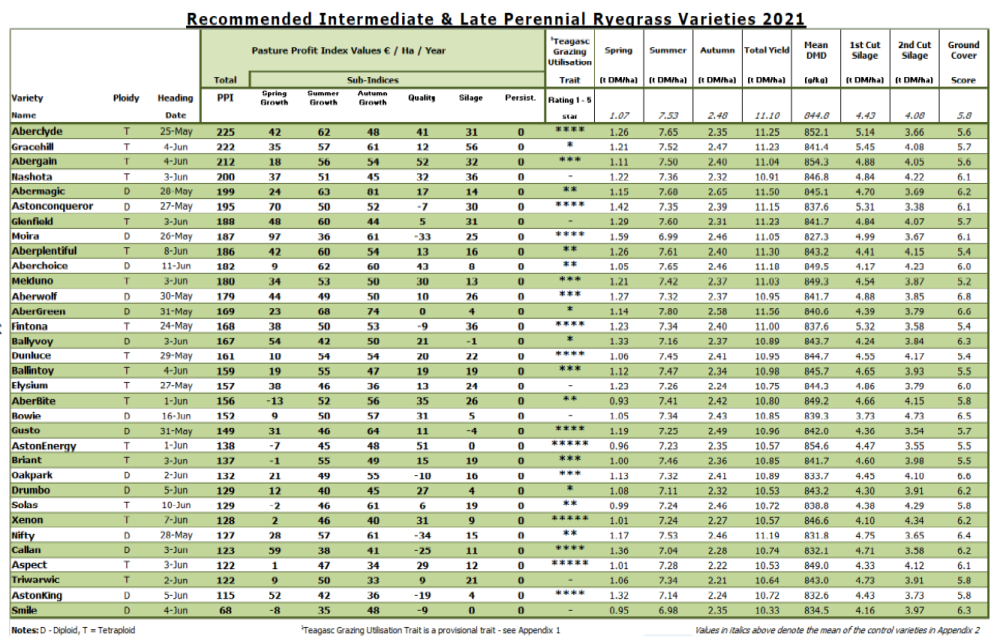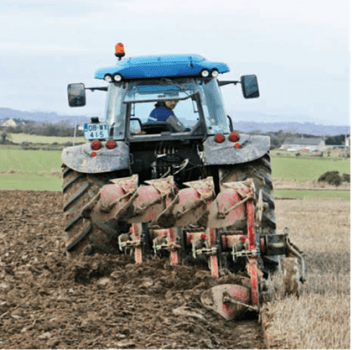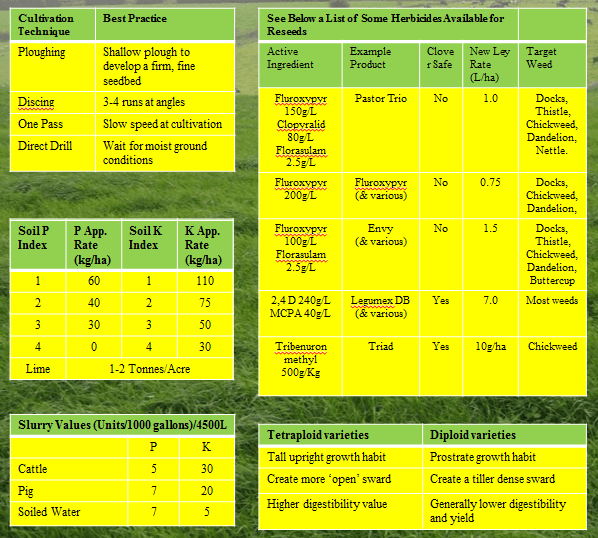The Pasture Profit Index (PPI)
When the decision to reseed is made, the next major decision is selecting the most appropriate grass variety or varieties. The first thing to consider is the primary target use of the field. Is it predominantly grazing or is it generally used as a silage paddock? How much tetraploid should be used?
The Pasture Profit Index is a tool which farmers can use to select the varieties which best meet the needs of the paddock they’re reseeding. It is a table of the top varieties and they are ranked based on their profit potential for the key traits;
- Seasonal DM Yield
- Quality
- Silage Making
- Persistency in Sward

Guide to reading the table:
- Variety details: Variety, Ploidy (T= tetraploid; D= diploid), Heading date
- PPI details (Total €/ha per year): indicates relative profitability difference when compared to the base values.
- PPI sub-indices: Seasonal DM yield (spring, summer and autumn), Quality (April, May, June and July), Silage (1st and 2nd cut), Persistency.
This indicates the economic merit of each variety within each trait, summed together this provides the overall PPI value. When using the index evaluate varieties across there sub index values and choose the most appropriate for the intended enterprise.
For more info on the PPI please see Pasture Profit Index page.
Using PPI & Reseeding
Watch Michael O’Donovan (Teagasc, Moorepark) talk about using the PPI when reseeding on Tim Crowley’s farm, Tim was the 2017 Young Grassland Farmer of the Year.




